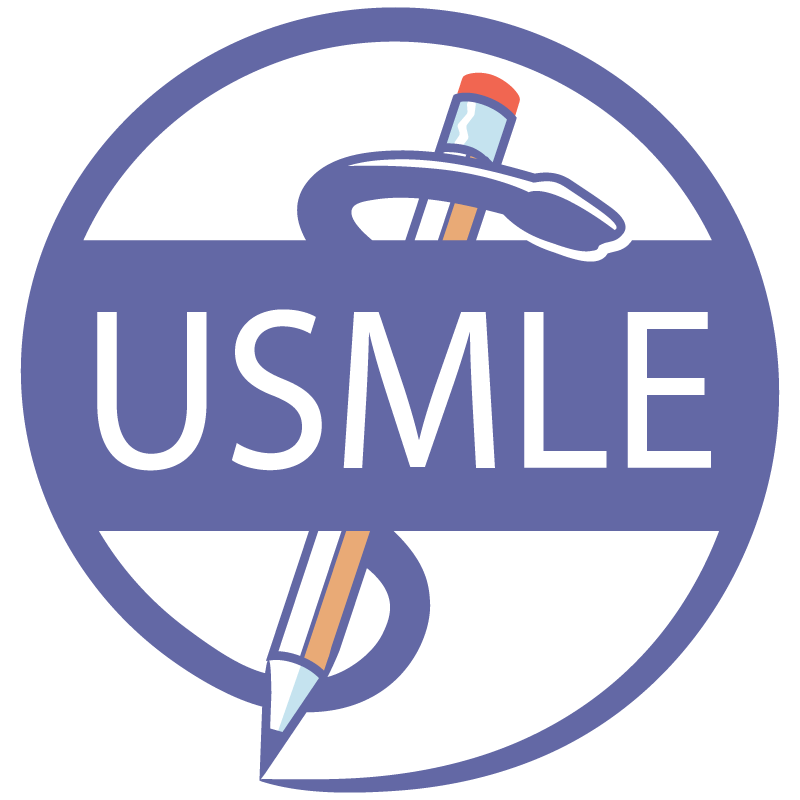What is persuasive writing?
The goal to write persuasively is to convince the reader to agree with a certain point of view. This is different from other types of writing, which are meant to share information or entertain.
Persuasive essays are most similar to argumentative essays in that they both explore a serious subject with logical reasoning and provide conclusive solutions. The primary distinction between a persuasive and argumentative essay is that persuasive writings emphasize personal experience and emotional appeals more than argumentative essays.
Also, argumentative essays discuss both sides of a problem, while persuasive essays only discuss the author’s side. Also, the language and tone of persuasive essays tend to be more conversational. This is a technique of persuasive speech meant to make the relationship between the author and reader more personal and close.
Why do you need to write persuasively when talking about business?
Persuasion is an important skill, whether you want more people to visit your website or just the respect of your coworkers and managers. Being convincing makes it easier to get things done because you can get other people to see things your way.
When it comes to business, written communications are very important. Even sending an email to a manager or writing a memo can be a chance to write in a way that gets people to agree with you. If you’re in sales, it’s even more important to show that you know how to write a persuasive proposal since your performance may depend on how convincing you are.
Tips and strategies to help you write persuasively
Carefully choose your words.
When you write persuasively, the words and phrases you choose are very important because they help you build a relationship with the reader. You should always choose the best words and phrases to persuade the reader that your point of view is right.
In persuasive writing, strong language is often used, so say what you mean and don’t “heddle.” Emotional language, made up of words and phrases that describe feelings, is also used in persuasive writing to get the reader to feel something about the topic.
Wordplay like puns, rhymes, and jokes can help the reader remember important details and your main point.
Ask questions
Questions are a great way to move from one topic or paragraph to the next when you write persuasively, but they can also be used to make a point. Any question you ask will make your reader answer it in their head, if they can, or at least make them think for a moment.
Authors who write persuasively can use questions to engage the reader in critical thought. First, questions can be employed to plant ideas and direct the reader directly to the author’s responses. Second, if you have presented your evidence properly and ordered your argument correctly, the correct query might guide the reader to the author’s conclusion. This is the ultimate purpose of persuasion.
Address the reader by name.
We’ve already talked about how important the relationship between the writer and the reader is in persuasive writing. One way to build that connection is to talk directly to the reader, even calling them “you” sometimes.
When you write, it works well to talk to the reader. It makes the writing more like a face-to-face conversation, even if it’s only from one person’s point of view. This can help the reader relax a bit and listen to what you have to say with an open mind
Build trust and build your reputation
To be very convincing when you write persuasively, you have to connect with your audience in a real way. One important way to connect is to use methods that build trust. If people trust you, they are more likely to see you as an expert on a subject, which is important for establishing credibility.
If someone you’ve never met introduces themselves and then tries to sell you something in the same sentence, you might feel weird. This person hasn’t told you who they are, why they’re talking to you, or what they want you to invest in.
Asking yourself these questions before you start writing is a good way to build trust and authority:
- Who?: “Who is my audience?”
- What? : “What do I want my readers to believe?”
- Where? : “Where will this document be used?” Also, make sure that your book is printed by the best online book printing services.
- When? : The “when” is often a big part of persuasive writing. “When do I want to make sure people join?”
- Why?: Make sure you know why you’re writing a persuasive document before you start writing.
- How?: What you write and how you write are important. If you decide how ahead of time, you won’t have to write a letter when a phone call or face-to-face conversation would be better.
Go over your main points again.
Repetition is a tried-and-true way to get your readers to think about your writing when you write persuasively. For one thing, any teacher will tell you that repetition is a great way to remember things. People are more likely to remember something the more times they hear it. But in persuasive writing, repetition can also change the way readers think.
When you say the same thing over and over, it becomes normal. When paired with strong evidence and logic, repetition can make even the most radical ideas seem more reasonable.
Make a persuasion map
The persuasion map is an outline of the argument. It was made as a writing tool to help writers organize their thoughts. Even though there are different formats, they usually start with a list of your main points, followed by the evidence and examples supporting each point.
When you aim to write persuasively, a persuasion map is a great strategy for you. Make maps if you have trouble staying organized or lose track of your ideas when writing. It helps you remember everything you want to include before you decide on the order.
Conclusion
Writing persuasively is very important to make sure your request or point of view is valued. However, it isn’t an easy thing to do. Not everyone can write persuasively. We hope these tips will help you write persuasively.










